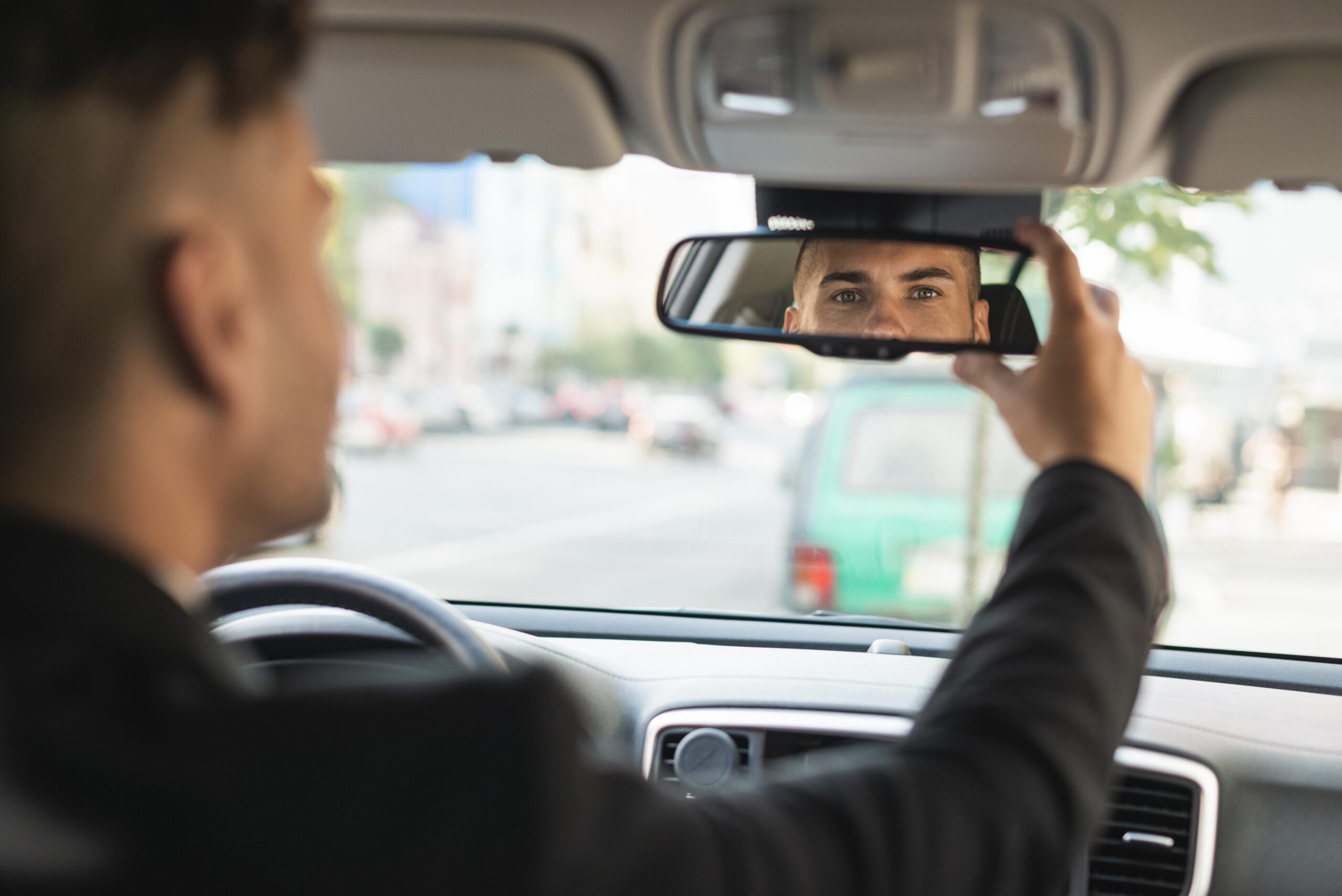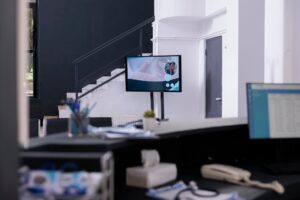In the realm of vehicle safety and technology, mirror dashboard cameras have emerged as a cutting-edge solution that enhances driving security and convenience. Combining the functionality of a traditional rearview mirror with the advanced features of a dashboard camera, these devices offer a multifaceted approach to road safety. This article explores how mirror dashboard camera work, their benefits, key features to consider, and tips for choosing the best model for your vehicle.
Understanding Mirror Dashboard Cameras
Mirror dashboard cameras are innovative devices that integrate a camera system into the rearview mirror of a vehicle. They serve a dual purpose: acting as a standard mirror for viewing the road behind you and functioning as a high-tech dashboard camera to record driving footage. This integration provides drivers with enhanced visibility and additional safety features.
How Mirror Dashboard Cameras Work
Mirror dashboard cameras function by combining the traditional rearview mirror with a built-in camera system. Here’s a breakdown of how they work:
1. Camera Integration
The mirror dashboard camera is equipped with one or more cameras, typically mounted on the rearview mirror or integrated into the mirror’s housing. These cameras are positioned to capture video footage of the road ahead and behind the vehicle.
- Front Camera: Most mirror dashboard cameras include a front-facing camera that records the view in front of the vehicle. This camera captures crucial details such as traffic conditions, road signs, and the actions of other drivers.
- Rear Camera: Many models also feature a rear-facing camera that provides a view of the area behind the vehicle. This camera is often mounted on the rear window or rear license plate and helps with parking and reversing.
2. Display Screen
Mirror dashboard cameras come with a built-in display screen, which is typically integrated into the mirror. The screen can be used to view live footage from the cameras, access camera settings, and review recorded footage. The display is often designed to be unobtrusive and does not interfere with the driver’s view of the road.
3. Recording and Storage
Mirror dashboard cameras record video footage continuously while the vehicle is in operation. The footage is stored on a memory card, usually a microSD card, which can be easily removed for playback or transfer. Most models use loop recording, which means that when the memory card is full, the oldest footage is overwritten, ensuring continuous recording.
- Resolution: Mirror dashboard cameras typically offer high-definition recording, with resolutions ranging from 1080p Full HD to 4K Ultra HD. Higher resolutions provide clearer and more detailed footage.
4. Additional Features
Mirror dashboard cameras often come with a range of additional features to enhance their functionality:
- G-Sensor: A G-sensor detects sudden impacts or collisions and automatically locks the current video file to prevent it from being overwritten. This feature ensures that important footage is preserved in case of an accident.
- Parking Mode: Many mirror dashboard cameras have a parking mode that continues recording when the vehicle is parked. This feature helps capture any incidents that occur while the vehicle is unattended.
- GPS: Some models include built-in GPS that tracks the vehicle’s location, speed, and route. This data can provide valuable context to recorded footage and assist with navigation.
Benefits of Mirror Dashboard Cameras
Mirror dashboard cameras offer several advantages over traditional dashboard cameras and rearview mirrors:
1. Enhanced Safety
Mirror dashboard cameras provide an additional layer of safety by recording video footage of the road and capturing incidents that may occur. The rear-facing camera assists with reversing and parking, reducing blind spots and improving overall visibility.
2. Discreet Design
The integrated design of mirror dashboard cameras ensures that the device blends seamlessly with the vehicle’s interior. The mirror functions as a standard rearview mirror while also offering advanced camera features, making it a discreet and unobtrusive solution.
3. Convenience
Mirror dashboard cameras combine multiple functions into one device, reducing the need for separate gadgets and clutter. The built-in display screen allows for easy access to camera settings and footage without requiring additional monitors or controls.
4. Comprehensive Coverage
With both front and rear cameras, mirror dashboard cameras offer comprehensive coverage of the vehicle’s surroundings. This dual-camera setup provides a complete view of both the road ahead and behind, enhancing safety and situational awareness.
5. Improved Evidence Collection
In the event of an accident or dispute, mirror dashboard cameras provide valuable video evidence that can be used for insurance claims, legal proceedings, and resolving disputes. The recorded footage helps establish the facts and provide clarity.
Key Features to Look For in a Mirror Dashboard Camera
When selecting a mirror dashboard camera, consider the following features to ensure that you choose a model that meets your needs:
1. Video Resolution
Choose a mirror dashboard camera with high-resolution recording capabilities. Full HD (1080p) is generally sufficient, but for even greater clarity, consider models with 4K resolution. Higher resolution ensures that you capture detailed footage, including license plates and road signs.
2. Field of View
The field of view (FOV) of the cameras determines how much of the road and surroundings are captured. Look for a mirror dashboard camera with a wide FOV, such as 140 to 180 degrees, to ensure comprehensive coverage and minimize blind spots.
3. Night Vision
Effective night vision is essential for recording in low-light conditions. Choose a mirror dashboard camera with advanced night vision capabilities, such as infrared sensors or large aperture lenses, to ensure clear footage in dark environments.
4. G-Sensor Functionality
A G-sensor is a valuable feature that detects sudden impacts and automatically locks important video files. Ensure that the mirror dashboard camera you choose includes a reliable G-sensor to protect crucial footage in case of an accident.
5. GPS Integration
If GPS data is important to you, look for a mirror dashboard camera with built-in GPS. GPS integration provides location, speed, and route information, adding valuable context to the recorded footage and assisting with navigation.
6. Ease of Installation
Choose a mirror dashboard camera that is easy to install and set up. Look for models that come with clear installation instructions and necessary mounting accessories. Some models may also offer professional installation services.
7. Storage Capacity
Consider the storage capacity of the mirror dashboard camera. A higher capacity memory card, such as 64GB or 128GB, allows for more extended recording periods before overwriting occurs. Ensure that the camera supports the size of the memory card you choose.
Tips for Using and Maintaining a Mirror Dashboard Camera
To ensure optimal performance and longevity of your mirror dashboard camera, follow these tips:
1. Regularly Check and Clean the Camera
Periodically check the camera lenses and clean them to ensure that they are free from dirt, dust, or smudges. Clean lenses help maintain clear and sharp footage.
2. Review Recorded Footage
Regularly review recorded footage to ensure that the camera is functioning correctly and that the recordings are clear. This practice helps you identify any issues and ensure that important footage is preserved.
3. Update Firmware
Check for firmware updates from the manufacturer and apply them as needed. Firmware updates can improve the functionality and performance of the mirror dashboard camera.
4. Secure the Installation
Ensure that the mirror dashboard camera is securely mounted and properly aligned. A stable installation prevents vibrations and movement that could affect the quality of the recorded footage.
Conclusion
Mirror dashboard cameras represent a significant advancement in vehicle safety and technology. By integrating a high-quality camera system with the functionality of a traditional rearview mirror, these devices provide enhanced visibility, comprehensive coverage, and valuable evidence collection. When choosing a mirror dashboard camera, consider factors such as video resolution, field of view, night vision, and additional features to find the model that best meets your needs. With the right mirror dashboard camera, you can enhance your driving experience, improve safety, and gain peace of mind on the road.








